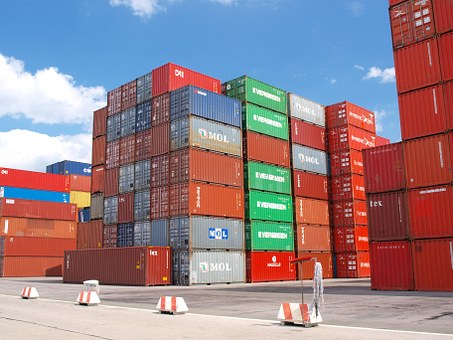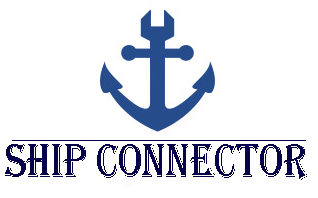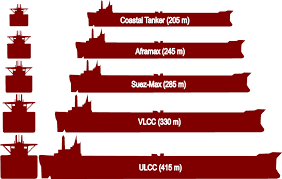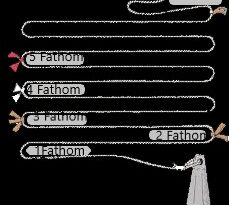What is stack weight?
Contents
Stack weight
Stack weight is the maximum allowable weight that the deck , hatch covers or tank top can load.

What is stack weight of container?
The Stack weight of the container are containers which are stacked vertically and secured horizontally by container lashing material.

Load density and stack weight
Load Density is the amount of weight that can be loaded safely per unit volume of the hold.
In bulk carriers load density is counted for loading purpose.
Maximum amount of weight of the containers that can be loaded on top of the containers is called as Stack weight.
Stack weight must be checked when loading containers.
Container stacks are containers which are stacked vertically and secured horizontally by stackers,bottle screw,crow bar lashing etc.
Whenever there is loading, stacking weights of containers must be checked prior loading ,the allowable stack weights on board the vessel on deck/ under deck must be checked.
Container stack weigh cannot be neglected,as neglecting may cause serious damage to ships structure or hull.
Overall stabilty of ship may get affected due to negligence. It is very important to remember that the maximum allowable stack weights of Tank tops, Hatch covers and Decks should not be exceeded at any time during the loading process.
Stack Load
Container stack load – Hatch covers stack weights
Panamax ships -20ft units (upto 90 tonnes) and
40ft units(120 tonnes)
Post-Panamax ships-20ft units (100 tonnes) and
40ft units(140 tonnes)

What is container stacking?
Avoid Loading:
Heavy containers over light
Deck stow-At the top of a stack only when it is specifically permitted.
Securing system designes that the light containers are stowed on top of heavy containers.
‘heavy-heavy-light’- Stowage may allowed
It is very wrong practice during stowing and lashing containers to load heavy containers over light ,so that the maximum permissible stack weights are exceeded.
‘heavy-medium-medium’ -same stack weight but produces different strain especially if the GM is high on the securing system.
Exceeding the allowable stack weights-
Terminal planner is to be informed
Heavy on light -Acceptable if permitted in the Cargo Securing Manual.
cargo stow plan appropriately modified.
The master shall notify all concerned parties if he notices abnormal loading and get the stowage plan corrected at the earliest and prior departure the plan must be rechecked.
Cargo Securing Manual
Cargo Securing Manual
Correct stowage and securing is prepared by all ships themselves and is provided in the form of an approved Cargo Securing Manual.
Contains details of the container securing arrangements
Under the SOLAS Convention (Chapter VI Regulation 5) A Cargo Securing Manual is a statutory requirement and the Ship’s flag state must be approved it and suitably endorsed.
Classification society is responsible for calculating and designing Cargo Securing Manuals for a ny ship.
Flag State may sometimes nominate a classification society which approves Cargo Securing Manuals.
The Cargo Securing Manual should comply with SOLAS Convention requirements and IMO guidelines
Permissible stack weight calculation
Weight
The total weight of the container and the weight distribution within a container is important.
The total weight of a stack of containers is limited considering strength of the ships structure, hatch covers, and the lashing system.
If the allowed stack weight exceeds it results in excessive pressure on the super structure of the ship and the lashings and container structure are affected.
One more limitation on the weight of the container is the type and design of the lashing system used
Never the weight limit on any tier to be exceed and loading heavier containers over lighter ones should be avoided as it can cause force pressure on the lashings and container structures.
Loading an unauthorised extra tier of containers may result bad effect.
Size
For 20 feet and 40 feet containers – not more than 8’6’’ Size Stowage and lashing system designed for a container height to be used.
High cube containers 9’6’’ high are also used by manufacturers.
If stowed on deck the centre of gravity of the stack is moved higher, wind forces on the stacks are increased and the angles at which the lashings act are changed from their design specifications.
These factors can contribute to increase in the forces on the lashings and each container structures.
Position
The following points to consider
- The forces on the stacks are not exceeded
- There is sufficient visibility for safe navigation.
- There is increase in the wind forces acting on the stow if the design height of a container stack is exceeded
- Centre of gravity of the stack to remain higher.
- Increase in the forces on the lashings and container structure if the position is change.
- Loss or damage may result.
Metacentric Height (GM)
Metacentric Height (GM)
The ship’s stability depends upon the weight of the containers stowed on and under deck mainly the initial GM, and the forces acting on the containers stowed on deck will be partly dependent upon the ship’s GM.
There will always be a correlation between the weights of containers loaded on deck, any ballast and the initial GM, but it must be ensure that the correct balance should be maintained so that the ship’s stability is within safe limits.
A container ship’s stowage and securing system is noted in the ship’s Cargo Securing Manual.
If the GM values exceedes, the expected forces acting on the containers and lashings increases.
Any reduction of stack weights, stack heights, or weight concentration to the lower tiers must be planned well.
Related Article : Ship container size and type
Related Article : Container lines
What is CSC plate in container?
CSC Plate (Convention for Safe Containers)
CSC( International Convention for Safe Containers) ensures international safety requirements of containers which are built according to the safety requirements and are periodically inspected for the safety of all persons working.
- Structural design,
- Capacity,
- Weight
- Resistance to the forces containers bears when they ship by sea or on land.
- Functionality
Safety approval plate, or CSC plate must be attached to the container. The CSC plate contains a four-digit alpha code that indicates the container owners and its use.
- “CSC SAFETY APPROVAL”
- The country of approval
- Approval reference
- Month and year of manufacture
- The manufacturer’s ID number
- Gross weight
- Allowable stacking weight
- Test load value
How CSC Plates Work
CSC plates contain information which is important for the safety of the workers.
CSC plates confirms the safety of the container as related information is clearly visible.
Safety inspection portion of the plate can be reviewed to confirm that the container inspection date and is safe for use.
The first safety inspection must be conducted five years after the date of manufacturing, and re-inspection to be conducted at least once every 30 months.
During Inspection any damage to the container that may be a danger to a person must be taken into account.



